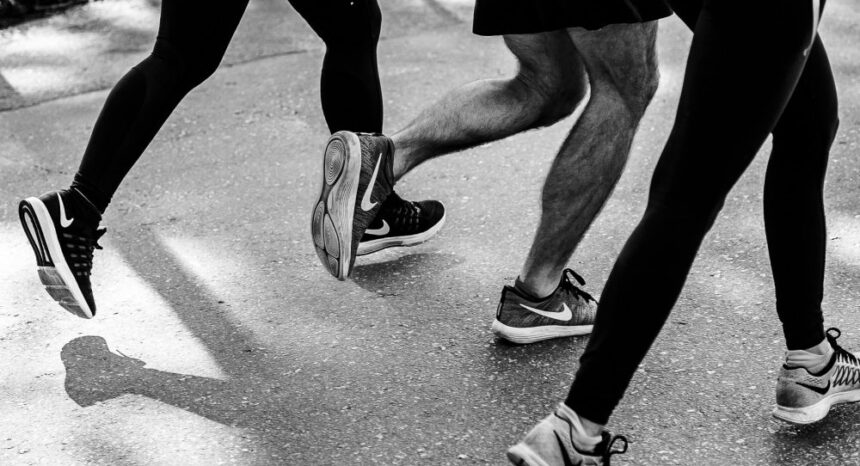New research suggests that people who know more about the benefits of physical activity spend more time doing it.
The paper, published in PLOS ONE in November 2018, looked at survey data from 615 adults in Australia. In a phone interview with Journalist’s Resource, author Stephanie Schoeppe, a research fellow in the Physical Activity Research Group at Central Queensland University, said that it was difficult to say whether the findings could be generalized to the U.S. population, but suggested it would be interesting to attempt to replicate the finding in other populations.
The sample Schoeppe studied was 75 percent women and 25 percent men. Participants ranged in age from 18 to 77. The respondents were asked to report the amount and kind of physical activity they did in the past week. They were also asked to answer questions about their knowledge of the relationship between physical activity and health.
Specifically, the participants were asked to estimate the increased risk of disease resulting from inactivity, name the diseases associated with physical inactivity, and indicate how much physical activity is recommended for health benefits.
What the researchers found is that most people know that physical activity offers health benefits – 99.6 percent strongly agreed that physical activity is good for health.
But 55.6 percent of the study’s participants did not know how much activity was recommended for health benefits per Australian national guidelines. (By the way, it’s 30 minutes of moderate intensity physical activity, like gentle swimming, five or more days per week.) And participants were able to name just 13.8 of the 22 diseases associated with physical inactivity, on average.
There were two main factors associated with some respondents being significantly more active than others: the ability to identify more diseases associated with inactivity, and an overestimation of the risks associated with inactivity.
In other words, people who know more about the kinds of diseases they might develop if they don’t exercise, and people who think the risks associated with inactivity are higher than they actually are, are more active.
Schoeppe said that the results illustrate that simply knowing physical activity is associated with health benefits doesn’t translate to meaningful action.
“You can’t just look at simple knowledge — you have to dig a little bit deeper into these different levels of knowledge,” she said. People who are aware of specific risks, such as the vast range of chronic diseases associated with physical inactivity — including type 2 diabetes, cardiovascular disease and colon cancer — are more active, she added.
“I do think that increasing the depth of knowledge in people would certainly help,” Schoeppe said.
She added that information alone might not encourage people to become more active. “Campaigns to improve knowledge of the risks of physical inactivity would have to be coupled with policy interventions, Schoeppe said: “That means changing our neighborhoods, our urban environments, in a way that doesn’t always favor cars — that also favors active commuting. It’s always tied to the individual with more education and, in this example, with more in-depth knowledge, but also targeting their natural environment and their social environment.”
The research does not prove causation. The link between knowledge about physical activity and the practice of physical activity is just an association; Schoeppe’s research does not demonstrate that knowing more about the risks of physical inactivity leads people to become more active. It’s possible that people who tend to be more active might later educate themselves about the benefits of their activity.
The study is also limited in that data is self-reported and the sample is comprised primarily of women. In addition, Schoeppe noted that other factors could influence an individual’s level of physical activity. She noted that this could be a fruitful area of further research: “It would be interesting to look at the reasons why people are active. We often think about why people are inactive,” she said.
For related research, check out our write-ups on the health benefits of standing and how targeted ads can shape health behaviors.


Expert Commentary